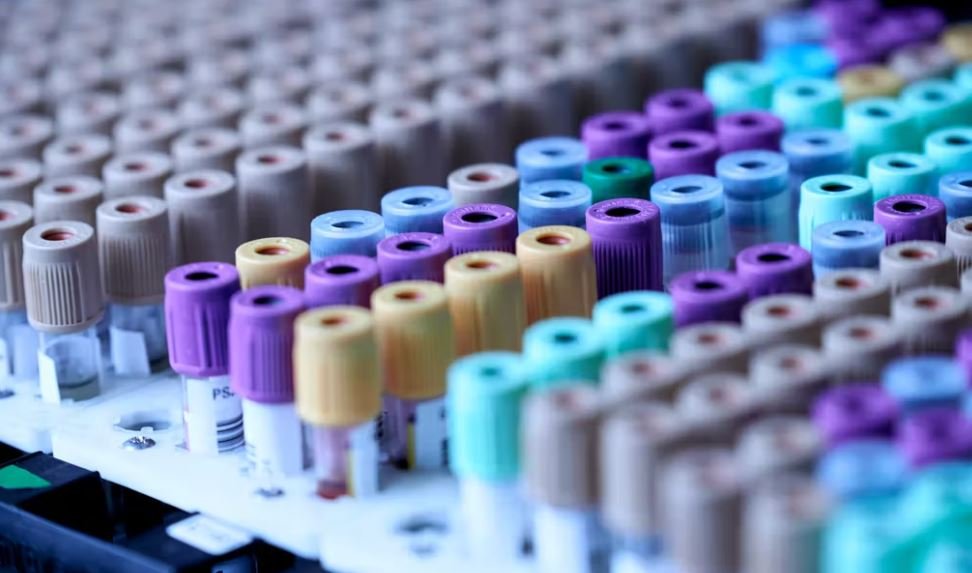Health
What are Community Approaches to Reducing STDs?

Over 20 million Americans are among the millions who develop STDs yearly. Gonorrhea, hepatitis B, the Human Immunodeficiency Virus, and the Human Papillomavirus are all common STDs.
Many infections can go unnoticed since they might not show any symptoms. Still, if they are not treated, they can have significant health effects like infertility, ectopic pregnancy, low birth weight, cervical cancer, and even death.
Every community will take necessary steps to ensure that the rate of these illnesses is kept to a minimum since they all have a vested interest in keeping the spread of this infection to a minimum.
In this article, we’ll examine methods that the community can use to stop the spread of STDs and strategies for lowering the spread of STDs. Let’s start.
[lwptoc]
What are ways to reduce your risks for STDs?
Here are some tips to lower your risk of STDs and stay healthy.
-
Consider having STD vaccinations.
There is no vaccination for the numerous and diverse parasites, viruses, and bacteria that cause STDs. A few prevalent STDs, including hepatitis A and B, and the human papillomavirus (HPV), have vaccines that doctors have authorized.
When given before you become sexually active, especially between the ages of 9 and 14, the immunizations are most effective. However, they can still be helpful in older adolescents and adults who have already had sex.
-
Practice proper hygiene before and after sex.
Since STDs are communicated through bodily fluids and sexual contact, using a condom every time you have sex and maintaining excellent hygiene are the best ways to prevent the spread of an STD.
Keeping your hands clean before and after sex, washing them afterward, and urinating after sex can all assist your body get rid of bacteria. These may reduce your risk of STDs.
-
Discuss with your companion.
It’s crucial to discuss your sexual history with your partners before choosing to have sex. You might ask them to disclose any STDs they may have been diagnosed with while also disclosing any that you may have.
Being open and honest with your partner during sexual activity is crucial, but remember that many STDs don’t have symptoms and may go unrecognized and misdiagnosed. Therefore, it is crucial to get tested for STDs before starting a new sexual engagement.
What are the approaches of the community in reducing STDs?
Community-based STD prevention, screening for bloodborne pathogens, and treatment strategies encourage increased community involvement. Here are a few community participation tactics for stopping the spread of STDs.
-
Community engagement with a variety of health and social programs.
Community participation in public health initiatives can be successful when community people collaborate on an equal basis with professionals in social services and healthcare. This effective method for preventing and controlling STDs will reduce STD disparities and improve health equity.
-
Community engaging in open communication.
Community members will become more aware of the infections and learn how to live a healthy life free from STDs if encouraged to share their ideas and experiences with sexually transmitted diseases.
-
Mapping resources and risks for sexual health in the community.
One way a group might learn about, and exchange data about options for sexual health is through a mapping activity. The map might show locations for affordable STD testing and condom distribution.
-
Assisting adolescents to protect themselves from STDs.
Communities should support initiatives that offer youth gathering spots to learn about sexual education, health information, and their legal rights, as well as what to do if those rights are abused.
-
Eliminating discrimination and false notions about STDs.
Significant barriers to STD prevention include stigma and shame. It is more difficult for someone to ask their partner to engage in safer behaviors when they feel ashamed of their sexuality, particularly women. This reduces the ability to educate people and stop the spread of STDs.
Conclusion.
Where individuals are gathered in groups like schools, churches, clubs, and workplaces, community education and initiatives can help stop the spread of STDs in several ways.
These neighborhood organizations are developing innovative methods to make condoms accessible, spread the word about safer sex, connect with kids, and give people access to STD testing and treatment.
Check out: Steps to Take When Exposed to Bloodborne Pathogens
-

 Social Media2 months ago
Social Media2 months agoWhat the “67” TikTok Meme Really Means
-

 Tech2 months ago
Tech2 months agoWhat To Do When Your Business Faces Network Vulnerabilities
-

 Self Improvement2 months ago
Self Improvement2 months agoUsing BCBS Rehab to Access Quality Addiction Care
-

 Games2 months ago
Games2 months agoPusoy Strategies for Play That Also Work in Pusoy Dos in English






